
What are the Pros and Cons of Ethanol Biofuel?
STEM Explained
Biofuels like ethanol might help fight climate change. But they can contribute to food insecurity and greenhouse gases in ways that might surprise you.

What are the Pros and Cons of Nuclear Energy?
STEM Explained
These two “point-counterpoint” videos provide arguments for and against using nuclear energy to generate electricity.

Tools: Weather Instruments
Picture Collections
15 images of various instruments such as rain gauges, wind vanes and weather satellites used to inform us about the weather
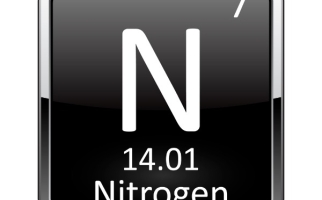
Understanding the Nitrogen Cycle
STEM Explained
What is the nitrogen cycle? How do human activities such as using fertilizer affect the nitrogen cycle? How can this cause greenhouse gases?
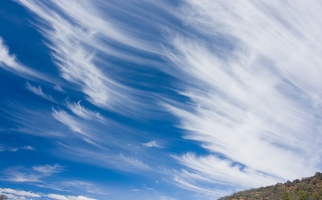
Weather: Cirrus Clouds
Picture Collections
5 images of cirrus clouds that are wispy or feather-like clouds at high level, made of ice crystals and may indicate an approaching storm
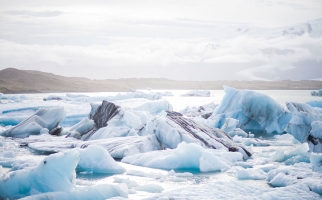
Weather: Conditions
Picture Collections
11 images that illustrate some daily weather conditions such as cold, hot and windy
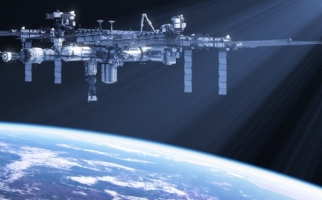
Temperature on Earth and on the ISS
Backgrounders
Temperature is an important part of life on Earth and life in space. This backgrounder explains what temperature is, how it affects people and how it is controlled on the International Space Station.
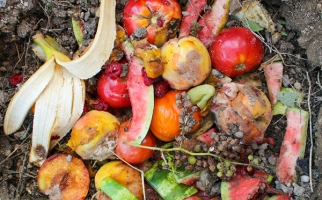
The Environmental Impact of Wasted Food
STEM Explained
One-third of all food produced is wasted. Learn about the environmental consequences of food waste, and what you can do about it.
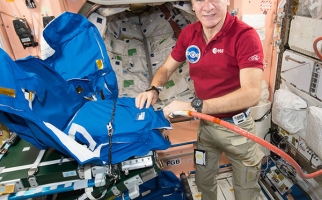
Radiation and Human Space Exploration
STEM Explained
One of the greatest hazards that humans in space face is cosmic radiation. Learn what cosmic radiation is, why it's dangerous, and ways that we are looking at protecting humans in deep space.
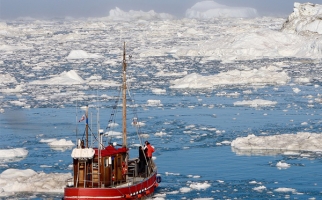
Reaching the Arctic
STEM Explained
How will arctic ice melt from climate change affect exploration, scientific research and geopolitics?
Microbial Fuel Cells
STEM Explained
In a few decades, some of the electricity you use might be generated by bacteria.
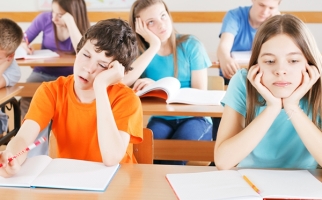
Is There Too Much Carbon Dioxide in Your Classroom?
STEM Explained
Did you know that too much carbon dioxide in the classroom can affect your body, and even your grades?
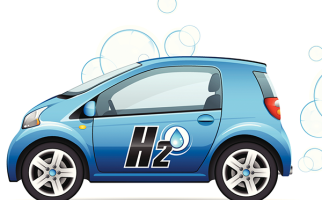
The History and Uses of Hydrogen
STEM Explained
Hydrogen’s tendency towards combustion is what makes it both a dangerous chemical element and a useful energy source.
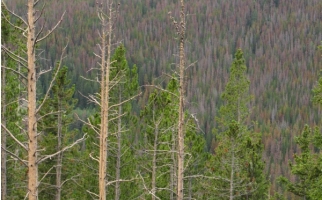
How Do Introduced Species Affect Ecosystems and the Economy?
STEM Explained
When a species ends up outside of its natural zone, the consequences on other species, ecosystems and human industries can be severe. Climate change and human activities can introduce species into new zones.
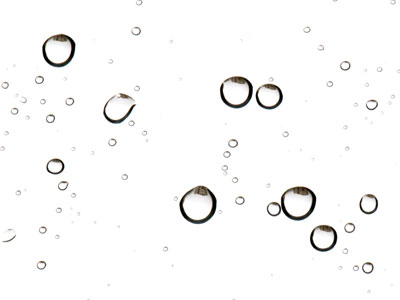
How does rain become acidic?
Hands-on Activities
Learn how to make a pH indicator and test water samples.